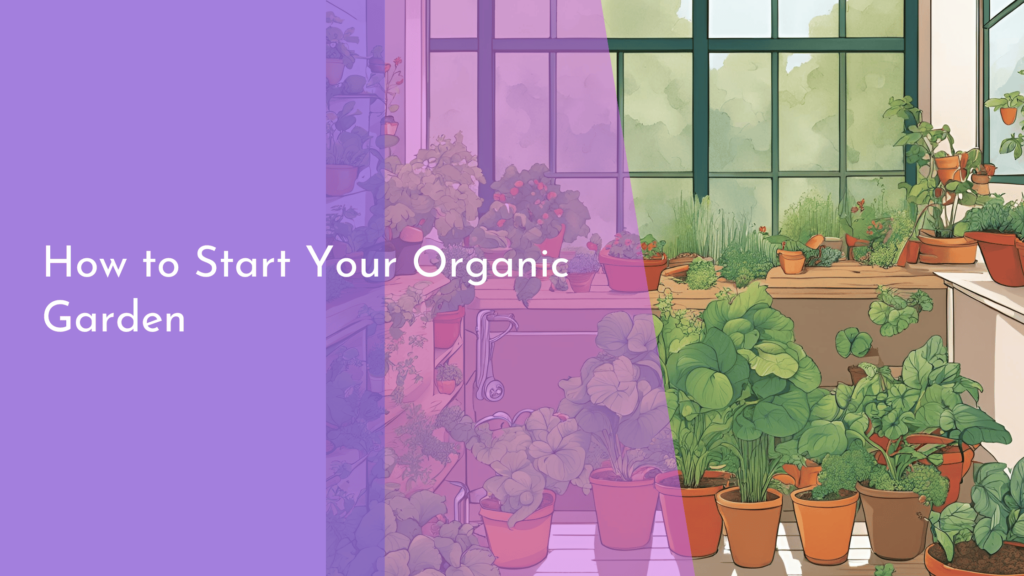How to Grow Herbs to Naturally Combat Climate Change
In an era where climate change poses significant threats to our planet, individuals have the power to make a difference through simple yet impactful actions. One such action is growing herbs. Not only do herbs add flavor to our meals, but they also play a crucial role in promoting biodiversity, enhancing air quality, and sequestering carbon. By cultivating your own herb garden, you can help combat climate change while enjoying the many benefits these plants provide. Let’s explore how you can contribute to a greener planet by growing herbs!
Discover the Benefits of Growing Herbs for the Earth
Growing herbs contributes to a healthier ecosystem in several ways. First and foremost, plants absorb carbon dioxide and release oxygen, which helps mitigate the effects of climate change. Herbs, like other plants, contribute to this process and can also attract beneficial insects such as bees and butterflies, which are vital for pollination. This not only supports local wildlife but also aids in maintaining the biodiversity of your garden and surrounding environment.
Additionally, many herbs possess natural pest-repellent properties, reducing the need for chemical pesticides that can harm the environment. For example, plants like basil and mint can deter aphids and mosquitoes, promoting a more balanced ecosystem. Furthermore, homegrown herbs can reduce your carbon footprint by minimizing the need for transportation and packaging associated with store-bought herbs. By growing your own, you are taking an active step towards sustainability and fostering a healthier planet.
Choosing the Right Herbs for Your Climate Zone
Selecting the right herbs for your garden is crucial for their success and your local climate’s compatibility. Begin by identifying your USDA Hardiness Zone, which helps you understand which plants thrive in your area. Some popular herbs that are generally easy to grow include basil, mint, rosemary, thyme, and cilantro. Each of these herbs offers unique flavors and benefits, and they can be grown in various conditions, from sunny balconies to shaded backyards.
When choosing herbs, consider whether you want to grow annuals or perennials. Annual herbs like basil and cilantro must be replanted each year, while perennials such as chives and oregano will return season after season. Depending on your cooking preferences and climate, you can mix and match annuals and perennials to create an herb garden that is both functional and visually appealing. Understanding your local climate will guide you in selecting the most suitable herbs, ensuring a bountiful harvest.
Easy Steps to Cultivate Your Own Herb Garden
Starting your own herb garden is easier than you might think! First, select a suitable location with ample sunlight, ideally receiving at least 6 hours of direct sunlight each day. You can choose to plant directly in the ground, in raised beds, or even in pots if you have limited space. Make sure to use well-draining soil rich in organic matter, as herbs thrive in nutrient-dense environments. When planting, ensure the herbs have enough spacing to grow without overcrowding, allowing air circulation and reducing the risk of disease.
Next, consider starting your herbs from seeds or seedlings. If you choose seeds, follow the instructions on the packet regarding planting depth and spacing. For seedlings, gently transplant them into your prepared soil, taking care not to damage the roots. Water your herbs regularly, ensuring the soil stays moist but not waterlogged. Fertilizing with organic compost every few weeks can also provide the nutrients they need to flourish. With a little attention and care, your herb garden will thrive, providing fresh ingredients to enhance your cooking and support environmental sustainability.
Tips for Maintaining Healthy Herbs and a Greener Planet
Once your herb garden is established, maintaining its health is key to maximizing its benefits. Regularly check your plants for signs of pests and diseases, and remove any affected leaves promptly. You can also use natural pest-control methods, such as introducing ladybugs or using neem oil, to keep harmful insects at bay without impacting the environment negatively. Pruning your herbs will promote bushier growth and discourage flowering, which can help extend their lifespan and productivity.
Finally, remember to practice sustainable gardening techniques to minimize your environmental impact. Collect rainwater for irrigation, use organic fertilizers, and compost kitchen scraps to enrich your soil. Mulching around your herbs can help retain moisture and suppress weeds, reducing the need for additional watering and maintenance. By nurturing your herb garden with these eco-friendly practices, you contribute to a healthier planet while enjoying the fruits of your labor in the kitchen.
Growing herbs is a delightful and rewarding way to combat climate change right from your own backyard or balcony. Not only do these plants add flavor and nutrition to your meals, but they also support biodiversity, improve air quality, and reduce your carbon footprint. With the right herbs suited for your climate zone, straightforward cultivation steps, and sustainable gardening practices, you can create a thriving garden that benefits both you and the Earth. So grab your gardening tools, and let’s grow a greener planet together!

